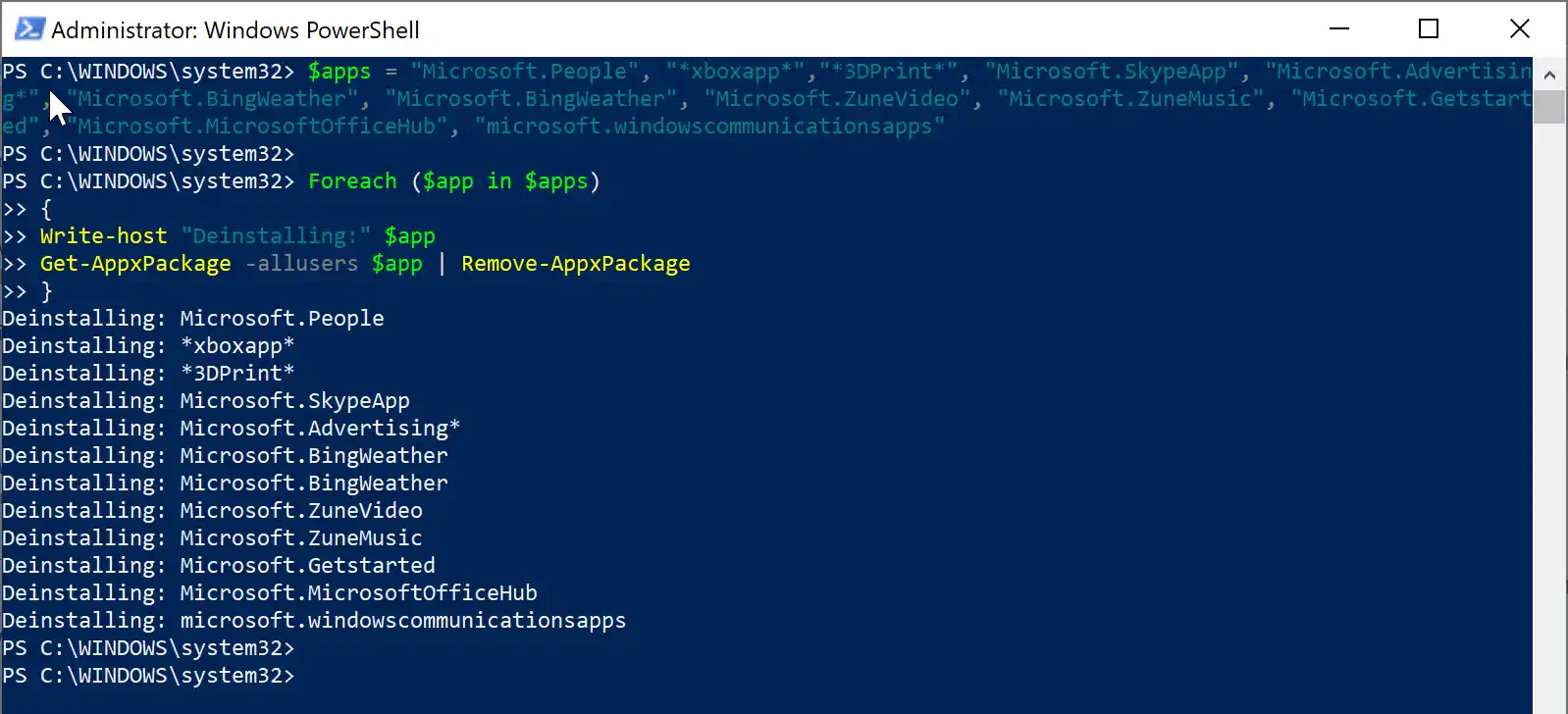
Windows 10 computer as a domain user who is not a domain or local administrator.

I've mirrored those accounts in the lab environment used in this book. In the production enterprise environments that I support, I use three different Active Directory To run the 64-bit version of PowerShell unless you have a specific reason for running the 32-bitįor information about starting PowerShell on other versions of Windows, see If you have a 64-bit operating system, my recommendation is Running a 32-bit version of Windows 10, you'll only have two shortcuts. Version of the PowerShell console and the PowerShell ISE (Integrated Scripting Environment), and aģ2-bit version of each one as denoted by the (x86) suffix on the shortcuts. The computer used forĭemonstration purposes in this book is running the 64-bit version of Windows 10 so there's a 64-bit Notice that four different shortcuts for PowerShell are shown in Figure 1-1.

The easiest way to find PowerShell on Windows 10 is to type PowerShell into the search bar as
Powershell window install#
To install the latest version of PowerShell, see Installing PowerShell.To upgrade to Windows PowerShell 5.1, see Upgrading existing Windows PowerShell.If you're running a version older than 5.1, you should install the latest version. What do I need to get started with PowerShell?Īll modern versions of Windows operating systems ship with PowerShell installed. Walk through the examples shown in this chapter on your Windows 10 lab environment computer. Initial pain points that new users experience with PowerShell. Specifically, this chapter focuses on finding and launching PowerShell, and solving some of the This book begins by answering the questions I've heardĪttendees who haven't previously used PowerShell ask in those sessions. When they start entry-level presentations. I often find that presenters at conferences and user group meetings already have PowerShell running


 0 kommentar(er)
0 kommentar(er)
